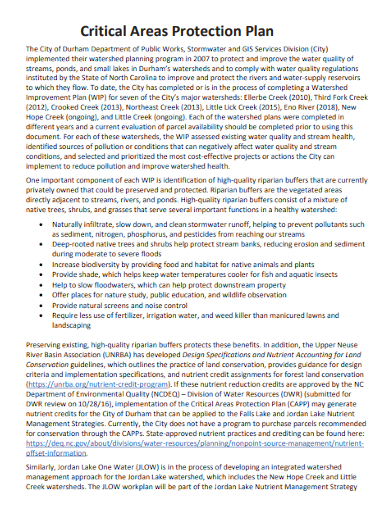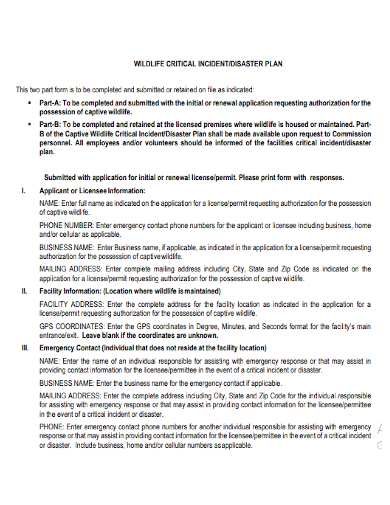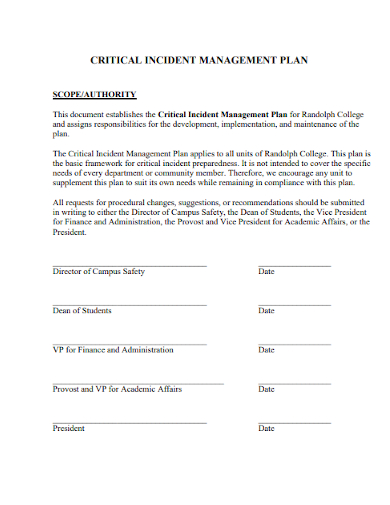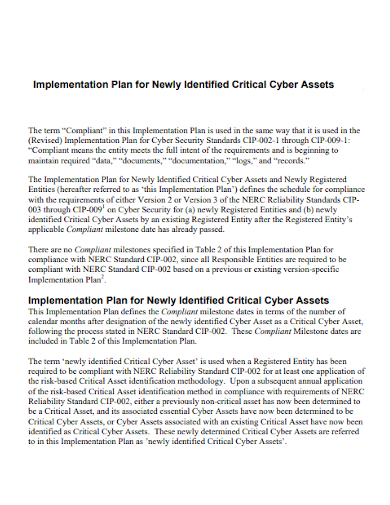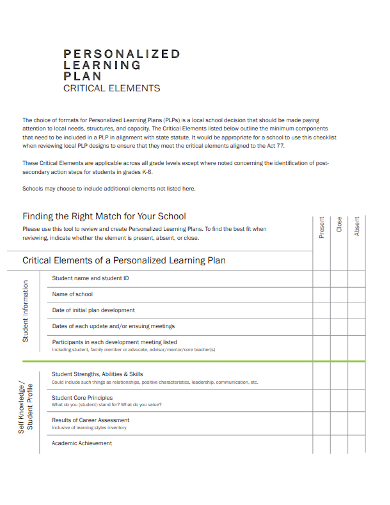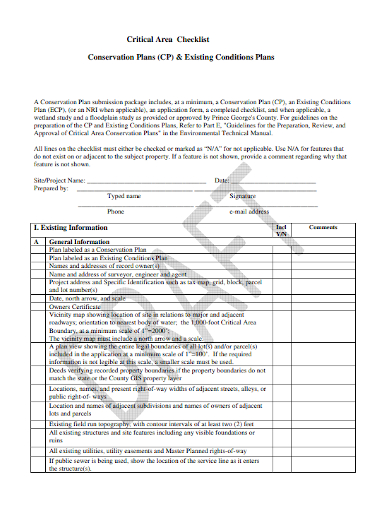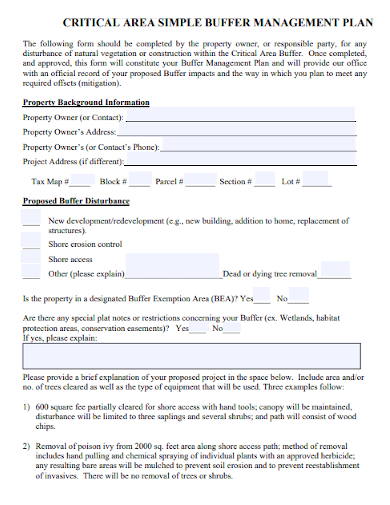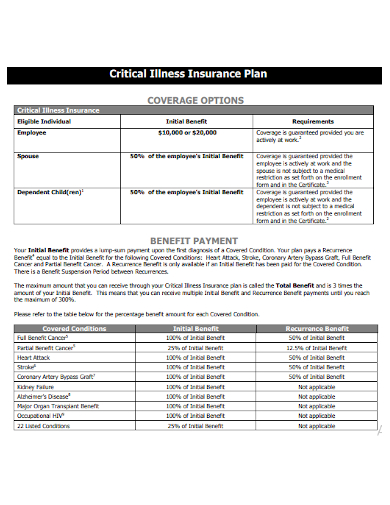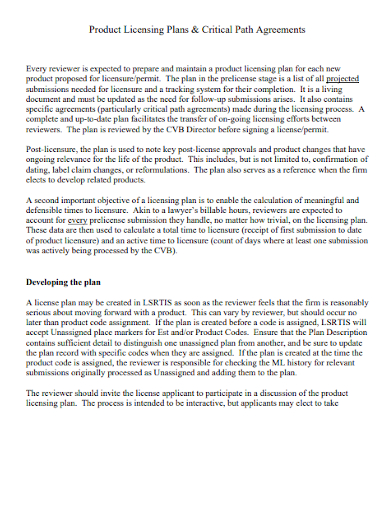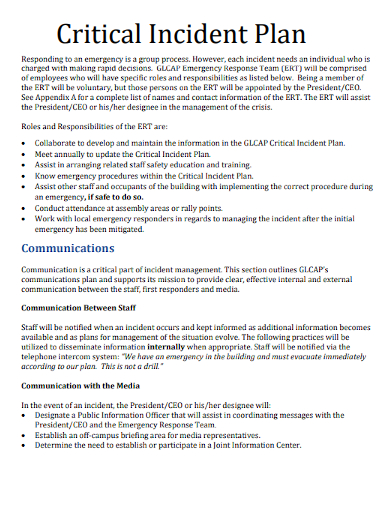Creating a project plan might assist you in visualizing what has to be done in order to achieve your final goal. This is exactly what the critical path technique may help you with. It’s a project management strategy that entails mapping out significant or critical tasks that must be completed in order for a project to be completed. Using this method, you may manage job dependencies and set reasonable deadlines. Continue reading to learn how the critical path technique works and how you can apply it to your project schedules with your team.
10+ Critical Plan Samples
The goal is to identify particular Critical Success Processes (CSP) that are essential throughout the project planning phase. When compared to the traditional CSF (Critical Success Factors) idea, the CSP concept may be more focused, accurate, and practical for project managers. Project planning is making judgments on how things should be done in the future in order to carry out the design for a desired product or service. The project manager is in charge of ensuring that the project is completed to the satisfaction of all stakeholders. As a result, he or she should not only ensure that actions are carried out according to plan, but also that the plan is dependable and accurately reflects the needs of stakeholders.
1. Critical Incident Action Plan Template
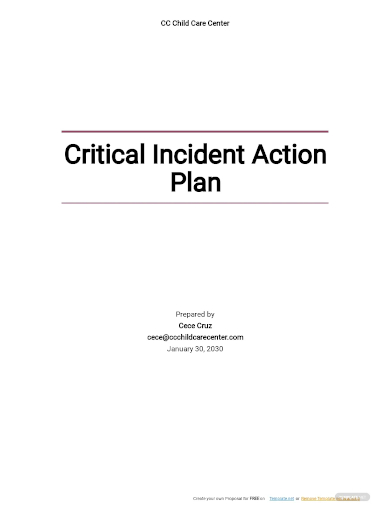
2. Critical Areas Protection Plan
3. Wildlife Critical Disaster Plan
4. Critical Incident Management Plan
5. Implementation Plan Identified Critical Cyber Asset
6. Critical Elements of a Personalized Learning Plan
7. Critical Area Checklist Conservation Plans
8. Critical Area Simple Buffer Management Plan
9. Critical Illness Insurance Plan
10. Product Licensing Plans & Critical Path Agreements
11. Critical Incident Plan
Importance in Project Management
Projects are made up of tasks that must follow a set of instructions in order to reach a deadline. It may appear straightforward, but if you don’t lay out the work, your project scope will quickly grow out of control, and you’ll find yourself off course.
When managing a project, the critical path approach is useful since it highlights all of the tasks required to finish the project, as well as the jobs that must be completed on time, those that may be postponed if necessary, and how much float or slack you have.
Critical route analysis, when done correctly, can help you:
- Task dependencies, resource limits, and project risks should all be identified.
- Estimate the length of each task with precision.
- Prioritize tasks based on how much float or spare time they have, which aids project planning and resource allocation.
- Determine which jobs require immediate attention and ensure that they are done on schedule.
- Keep an eye on your project’s development and keep track of any deviations from the original timeline.
- Use strategies like crash duration or rapid tracking to compress your schedule.
Key Elements
We’ll need to understand certain essential CPM ideas before we can learn how to compute the critical path.
- The earliest start time (ES) is simply the earliest time that a task in your project can begin. You can’t figure out if there are any task dependencies without first figuring out if there are any.
- Latest start time (LS): This is the very last minute before a task threatens to cause a delay in your project’s timeline.
- Based on the duration and the earliest start time, the earliest an activity can be completed is called the earliest finish time (EF).
- Based on the duration and the latest start time, the latest an activity can be completed is called the latest finish time (LF).
- Float: Also known as slack, float is a phrase that specifies how long a task can be delayed before affecting its task sequence and project schedule. Because critical path tasks cannot be delayed, they have no float.
FAQs
What are the reasons why you should use a critical path method?
CPM can be used to compare expectations with actual progress, which helps with future planning. Current project data can be used to inform future project plans.
CPM aids in more effective resource management by assisting project managers in prioritizing tasks and providing a better understanding of how and where to deploy personnel.
Helps to avoid bottlenecks: Project bottlenecks might result in lost time. Using a network diagram to plot out project dependencies can give you a better picture of which activities can and cannot occur in parallel, allowing you to schedule properly.
What is the essential concept behind critical path analysis?
The basic premise of critical path analysis is that certain tasks cannot be started until others have been completed. These tasks must be accomplished in order, with each stage being finished before moving on to the next.
If you want to see more samples and formats, check out some critical plan samples and templates provided in the article for your reference.
Related Posts
FREE 7+ Fashion Business Plan Samples in PDF
FREE 10+ Sprint Planning Samples In MS Word | Google Docs | PDF
FREE 10+ Wedding Planning Samples in MS Word | Apple Pages | Powerpoint | PDF
FREE 9+ Monthly Study Planner Samples in PSD | Illustrator | InDesign | PDF
FREE 9+ Sample Curriculum Planning Templates in PDF | MS Word
FREE 10+ Teacher Development Plan Samples in MS Word | Google Docs | Apple Pages | PDF
FREE 10+ Basketball Practice Plan Samples in PDF
FREE 12+ School Business Plan Samples in PDF | MS Word | Apple Pages | Google Docs
FREE 7+ Client Strategic Plan Samples in PDF | MS Word
FREE 11+ Trucking Business Plan Templates in PDF | MS Word | Google Docs | Pages
FREE 7+ Small Hotel Business Plan Samples PDF | MS Word | Apple Pages | Google Docs
FREE 14+ Bakery Business Plans in MS Word | PDF | Google Docs | Pages
FREE 4+ Yearly Lesson Plan Samples in PDF
FREE 50+ Strategic Planning Samples in Google Docs | Pages | PDF | MS Word
FREE 10+ Construction Project Plan Samples in MS Word | Google Docs | Apple Pages | PDF

